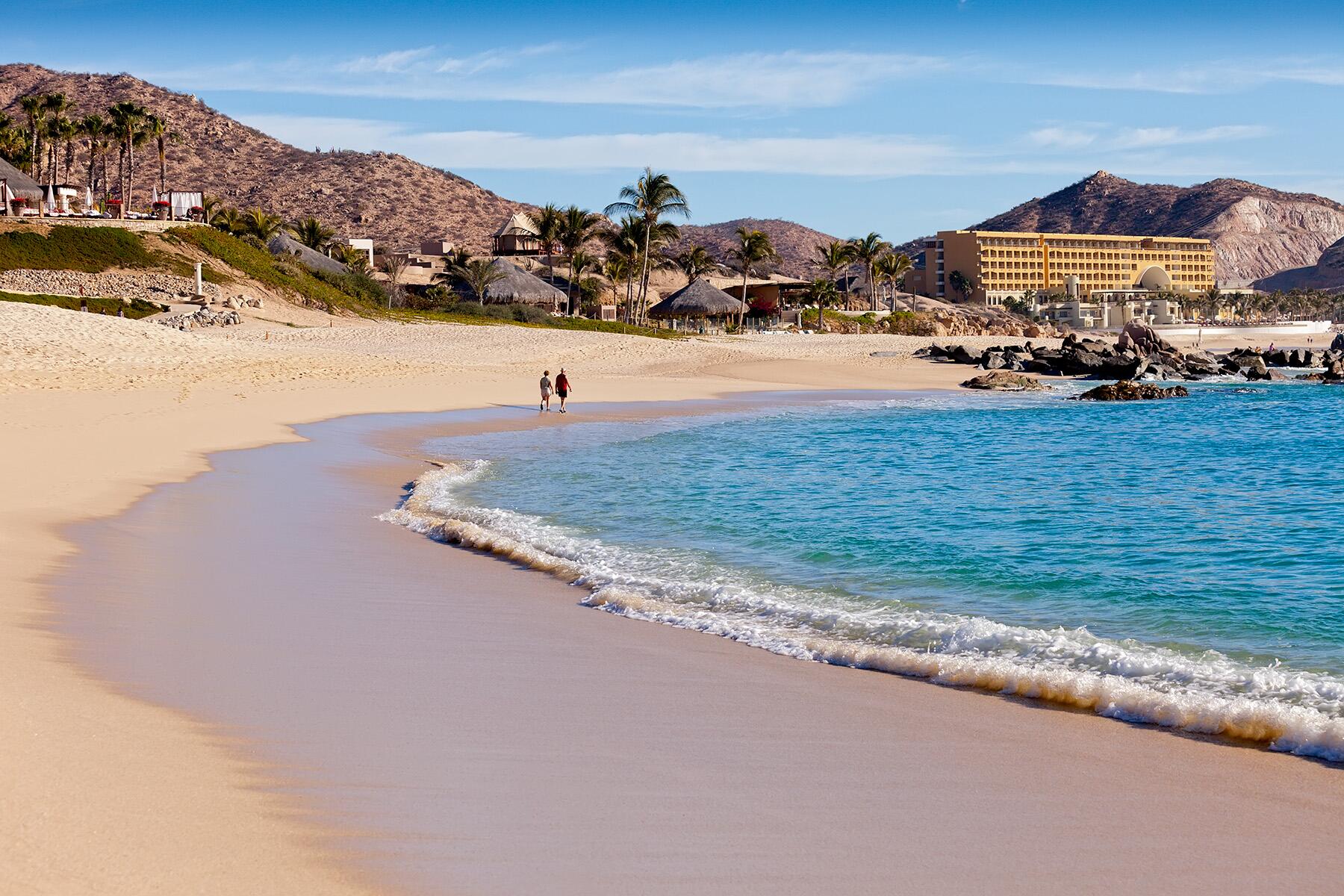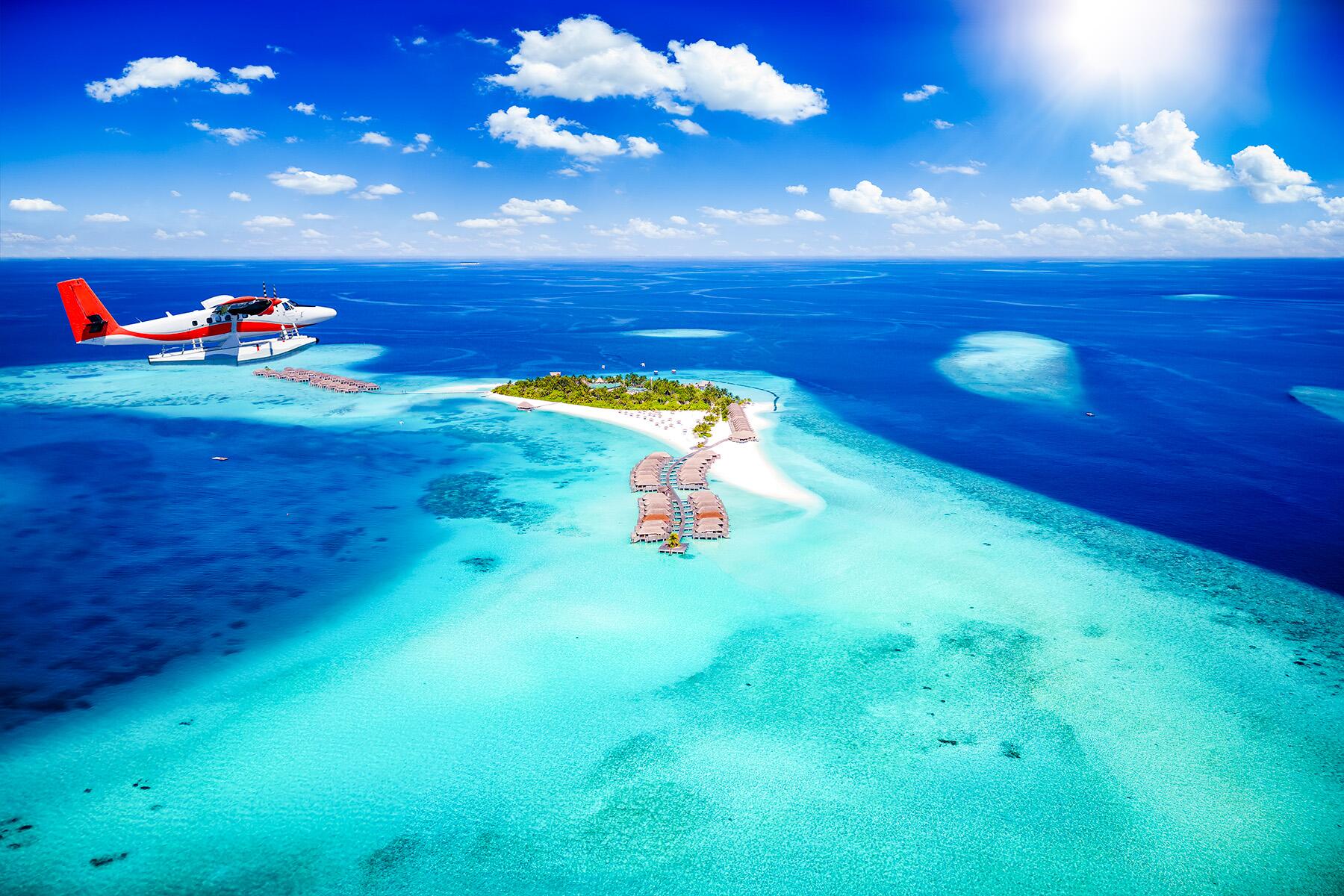A look at the underwater life of Indonesia's exclusive islands through a diver's goggles.
While zipping between Raja Ampat’s breathtaking islands and reveling at the turquoise lagoons, one can easily envision dinosaurs roaming this enchanting, sculpted paradise, which earned a place on Fodor’s 2020 Go List.
Raja Ampat, Indonesia, is one of the few places in the world where divers squint to discern rice-sized pygmy seahorses on one dive and are awed by bus-sized whale sharks (the largest fish in the sea) on the next.
Since four flights are typically required to reach this captivating corner of the world, considered the apex for scuba diving, the area has remained relatively untouched and pristine.




